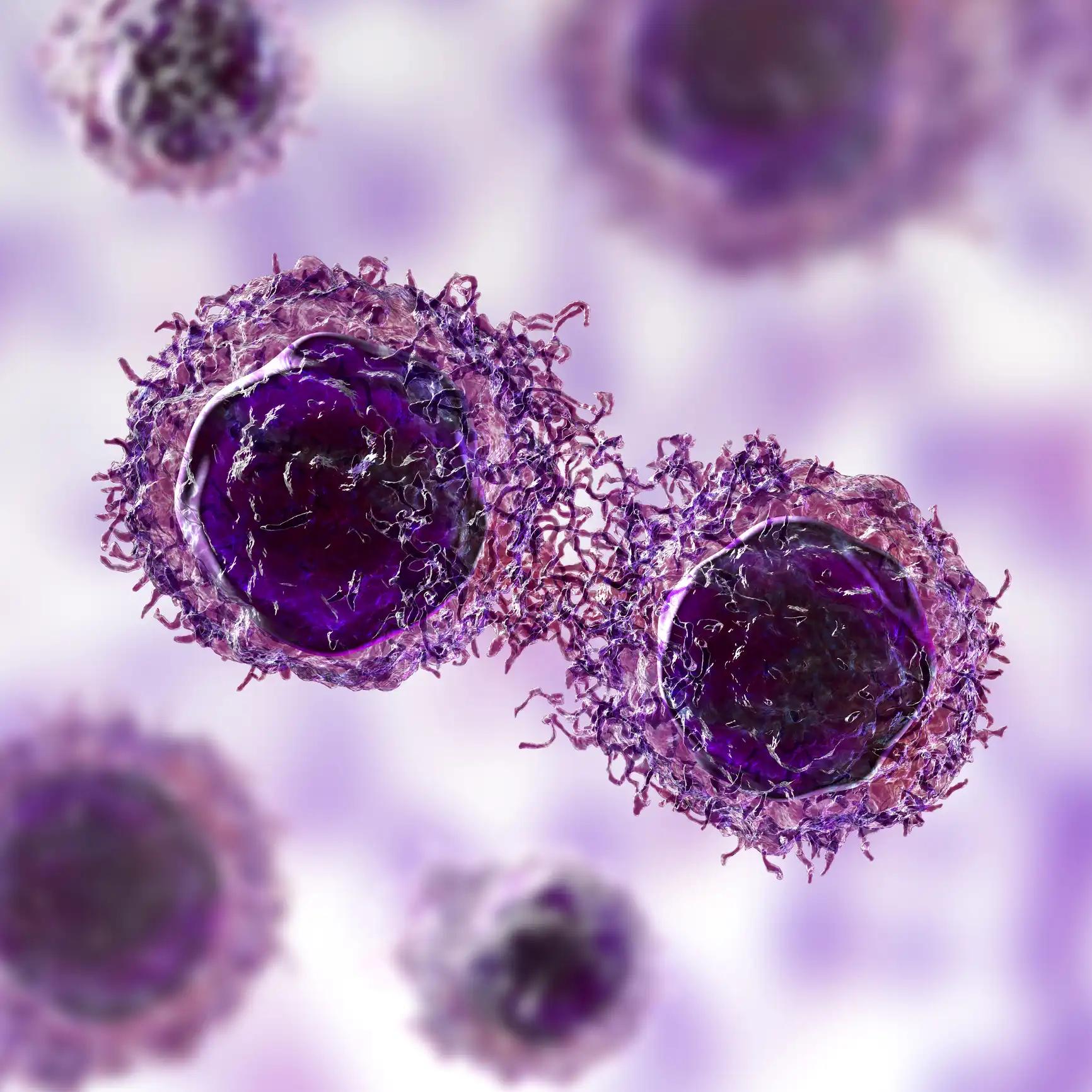KEY TAKEAWAYS
- The phase 2 MANIFEST study aimed to evaluate the efficacy of Pelabresib (CPI-0610; PELA) as a monotherapy and in combination with RUX.
- The study’s primary endpoint is to achieve a 35% reduction in spleen volume from baseline (BL; SVR35) to 24 weeks using imaging techniques.
- The combination of PELA and RUX demonstrated clinically significant and durable improvements in spleen volume, symptom burden, and hemoglobin levels in JAKi-naive patients with MF.
Myelofibrosis (MF) is characterized by progressive fibrosis of the bone marrow (BM), splenomegaly, and cytopenias resulting from aberrant megakaryopoiesis and proinflammatory cytokine expression. Myeloproliferation and cytopenias result from regulating gene expression by the BET protein.
The current standard of care for patients with MF is ruxolitinib (RUX), a Janus kinase inhibitor (JAKI). Nevertheless, the unmet need persists with JAKi monotherapy due to limited profundity and durability of responses, high discontinuation rates, and toxicity. Pelabresib (CPI-0610; PELA) is an investigational, oral, small-molecule BET inhibitor that inhibits NF-B signaling and other genes implicated in MF disease pathways.
In the ongoing Phase 2 MANIFEST study (NCT02158858), PELA is being studied as a monotherapy and in combination with RUX in patients with MF. To report updated efficacy, tolerability, and biomarker results from Arm 3 of the MANIFEST study (PELA + RUX in JAKi-naive patients with MF). Patients were administered oral PELA 125 mg QD in 21-day cycles with continuous oral RUX at initial doses of 10 or 15 mg BID. The primary endpoint is a 35% reduction in spleen volume from baseline (BL; SVR35) to 24 weeks, as determined by imaging.
At 24 weeks, the key secondary endpoint is a 50% reduction in the total symptom score (TSS50). At the data cutoff date (29 July 2022), 84 patients had received at least one dose of PELA and RUX. Mean (SD) age was 67 (10) years; 23%, 62%, and 16% of patients, respectively, had DIPSS Int-1, Int-2, or high risk. At Wk 24, SVR35 was 68% (57/84); at Wk 48, it was 61% (51/84); and at Wk 60, it was 54% (45/84). SVR35 was observed at any time in 80% (67/84) of evaluable patients; 70% (47/67) of patients with SVR35 maintained a response at the end of the study.
At week 24, the median change in spleen volume was –50% (range: –84.4% to 27.9%). It depicts that the median duration to SVR35 was 12 weeks (range: 10 to 51) and that spleen volume decreased over time. The TSS50 for evaluable subjects was 56% (46/82) at week 24, 44% (36/82) at week 48, and 43% (35/82) at week 60. TSS50 was attained at any time by 83%(68/82) of subjects. At week 24, the median change in TSS (range: 100% to 225%) was 59% (content: 100% to 225%), with a sustained reduction in symptom burden over time. 30% (25/84) of patients had a mean Hb increase of 1.5 g/dL from BL without transfusions over 12 weeks. About 27% (17/63) of patients with BM fibrosis improved by 1 grade at Wk 24; 59% (10/17) maintained BM improvement at>Wk 48; and 40% (25/63) had 1-grade improvement at any time.
No patients experienced total resolution of fibrosis (to Grade 0). 59% (16/27) of patients had an increase of 15% in the distance between nuclei of CD61+ cells in the bone marrow, and 38% (18/47) had a decrease of 20% in the JAK2V617F variant allele fraction (VAF). There was an association between BM fibrosis andJAK2V617F VAF reductions with SVR35 (8 patients), TSS50 (5 patients), and Hb responses (5 patients).
The most frequent hematologic TEAEs were thrombocytopenia (55%; Grade 3: 17%; discontinuation in 5 patients [6%]) and anemia (43%; Grade 3: 35 %; discontinuation 5 patients [6%]). Serious adverse events included anemia, fever, COVID-19 (every 3 points), gastrointestinal bleeding, multiple organ dysfunction syndrome, pneumonia, urinary tract infection, respiratory tract infection, accident, and respiratory failure (every 2 points). The incidence of TEAEs leading to PELA discontinuation was 14% (12 patients). Except for multiple organ failure due to sepsis secondary to pneumonia, grade 5 TEAEs (7 points) were deemed incidental to PELA, and in JAKi-naive patients with MF, the combination of PELA and RUX produced clinically significant and durable improvements in spleen volume and TSS, improving Hb at 24 weeks. Biomarker findings of putative disease-modifying activity included reductions in JAK2V617F VAF and improvement in BM fibrosis. Safety conformed to prior accounts.
Clinical Trial: https://clinicaltrials.gov/ct2/show/NCT02158858
Claire Harrison, Andrea Patriarca, Vikas Gupta, Francesca Palandri, Timothy Devos, Raajit K Rampal, Moshe Talpaz, Alessandro Vannucchi, Andrew Kuykendall, Jean-Jacques Kiladjian, Srdan Verstovsek, Ruben Mesa, Gozde Colak, Soumik Dutta, Sandra Klein, Jie Cui, Tzuu-Wang Chang, John Mascarenhas/UPDATED DURABILITY OF RESPONSE AND SAFETY IN MANIFEST ARM 3: PELABRESIB (CPI-0610) COMBINED WITH RUXOLITINIB FOR JAK INHIBITOR TREATMENT-NAÏVE PATIENTS WITH MYELOFIBROSIS/Inc, M. G. (n.d.). UPDATED DURABILITY OF RESPONSE AND SAFETY IN MANIFEST ARM 3:… by Prof. Dr. Claire Harrison. Library.ehaweb.org. Retrieved July 18, 2023, from https://library.ehaweb.org/eha/2023/eha2023-congress/385477/claire.harrison.updated.durability.of.response.and.safety.in.manifest.arm.3.html?f=menu%3D16%2Abrowseby%3D8%2Asortby%3D2%2Ace_id%3D2489%2Aot_id%3D27888%2Atrend%3D4016%2Amarker%3D4178



